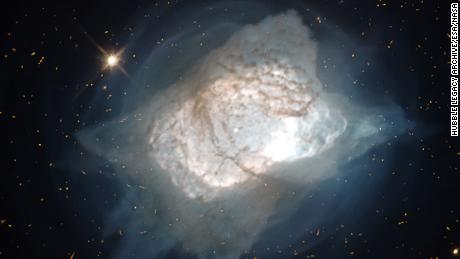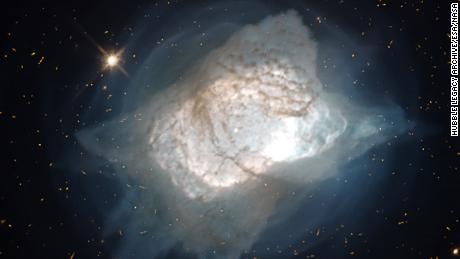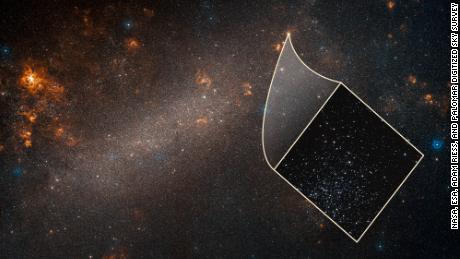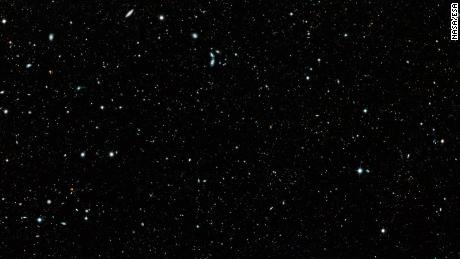That space is known as the interstellar medium or ISM, and Hubble is exposing some of the mysterious electrically charged molecules within it. A recently published study in the Astrophysical Journal Letters explores the soccer ball molecules.
When stars and planets form, they pull together material from clouds of gas and dust. This is why the interstellar medium is so important.
“The diffuse ISM can be considered as the starting point for the chemical processes that ultimately give rise to planets and life,” said Martin Cordiner, study author and research associate in the Catholic University of America’s Department of Physics, in a statement. “So fully identifying its contents provides information on the ingredients available to create stars and planets.”
Cordiner is now at NASA’s Goddard Space Flight Center, the agency said Tuesday.
The soccer ball shape of the molecule is due to the arrangement of 60 carbon atoms in a hollow sphere, giving them the shorthand of C60. The molecules are a form of carbon called Buckminsterfullerene or Buckyballs.
On Earth, these molecules can rarely be found in rocks and minerals or appear in soot created from high combustion.
Although the molecules have been observed in space before, this observation marks the first time that electrically charged C60 has been seen in the interstellar medium. The electrical charge occurs when an electron is shorn off by UV light from stars, which creates a positive charge.
“The diffuse ISM was historically considered too harsh and tenuous an environment for appreciable abundances of large molecules to occur,” Cordiner said. “Prior to the detection of C60, the largest known molecules in space were only 12 atoms in size. Our confirmation of C60+ shows just how complex astrochemistry can get, even in the lowest density, most strongly ultraviolet-irradiated environments in the Galaxy.”
The interstellar medium is difficult to study because it’s so far away, so astronomers have to study the way it affects light from distant stars to understand it. Some of the compounds that make up the interstellar medium block or absorb different wavelengths of starlight as it passes through this space. Those compounds have unique patterns that affect starlight, allowing astronomers to identify them as diffuse interstellar bands.
Testing the many bands to match them up would take quite some time, but the research team was able to match C60. Hubble observations were matched with C60 data. This detection could help astronomers understand other compounds.
Although most of this interstellar environment contains helium and hydrogen, two of the most plentiful elements in the universe, there are other unidentified compounds waiting to be discovered.
Life as we know it is carbon-based, and now carbon has been shown to form and survive in the harsh and exposed interstellar medium.
“In some ways, life can be thought of as the ultimate in chemical complexity,” Cordiner said. “The presence of C60 unequivocally demonstrates a high level of chemical complexity intrinsic to space environments, and points toward a strong likelihood for other extremely complex, carbon-bearing molecules arising spontaneously in space.”
Cordiner said that the researchers will continue searching to see where else they can locate the molecules in the universe. At the moment, their observations seem to point to a widespread presence in our galaxy, the Milky Way.
Views: 335





















